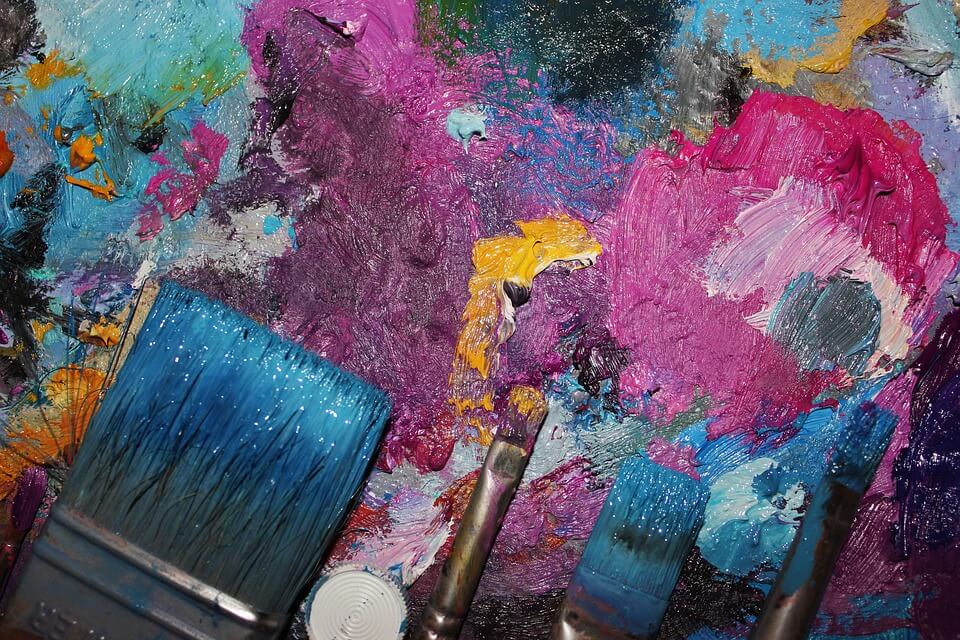Learn this 3 steps of bringing life out of your oil painting
Applying oil paint s on canvas is one of the things artists love to use and this is because of the wide range of advantages it has. But one of the setbacks in using oil paints on canvass is its slow drying process. This act of drying slowly is a great setback for artists that are fast in finishing their piece while it could be a plus for some other artists.
Why should you go for oil painting as an artist?
1. Its slow drying characteristics give artists enough time to work on the pieces of artwork in different session without the worry of the already painted session getting dry.
2. Using oil paint gives room for making changes if there is a need for it. This is possible because of the slow drying feature of oil paintings.
3. With oil painting, you can create colours that are luminous and hard to wear.
4. Oil paintings also blend easily with surrounding colours enabling the creation of an appealing artwork
Below are the useful tips for your oil painting
1. Apply thick paste for large volume on the foreground: when it comes to drawing, nothing can be compared for three-dimensional drawing. This is also applicable to painting. A 3D painting brings out life out of your artwork and oil painting can be used to achieve this. Oil painting allows thick impastos, unlike watercolours or pastels. For this 3D look to be achieved, use your thick oil paste on your painting through the foreground and then use your receding planes to thin the applied thick oil. At the latter end, a thin layer of paint with a 3D look from distance would be achieved.
2. Dry brush your piece for good texture: for pieces with crashing water wave, leaves, etc. a very good texture is important. To make the texture visible to the eyes, make use of dry brushing technique. Dry brushing is the act of letting your paint peel off through skipping your brush for the desired result. Gripping your brush horizontally and you graze it, the bottom surfaces can be tickled so it is dragged to several multiple directions in order to create a wood with a kind of weathered appearance or to make the foams of water looks bubbly on the painting. By using this method, you can create a lot of effects to make a lifelike painting.
3. Vary your colours to create more interest: sometimes artists adds a lot of variations of the same colour on a single session of artwork so as to eliminate deep monochromatic colours that are boring but however, mixing different colours partially can bring about more creativity on your oil painting. The colour is been mixed on the palette so as to ensure saturated parts are neutralized and thick paint can be squeezed out by applying high pressure for colour variation to be visible with every stroke of pressure. Although, carrying out this technique could be challenging at first but once you master the technique, you can do wonders with colour variation. Grass, foliage, or rock oil painting allows the usage of this colour variation mixing.

